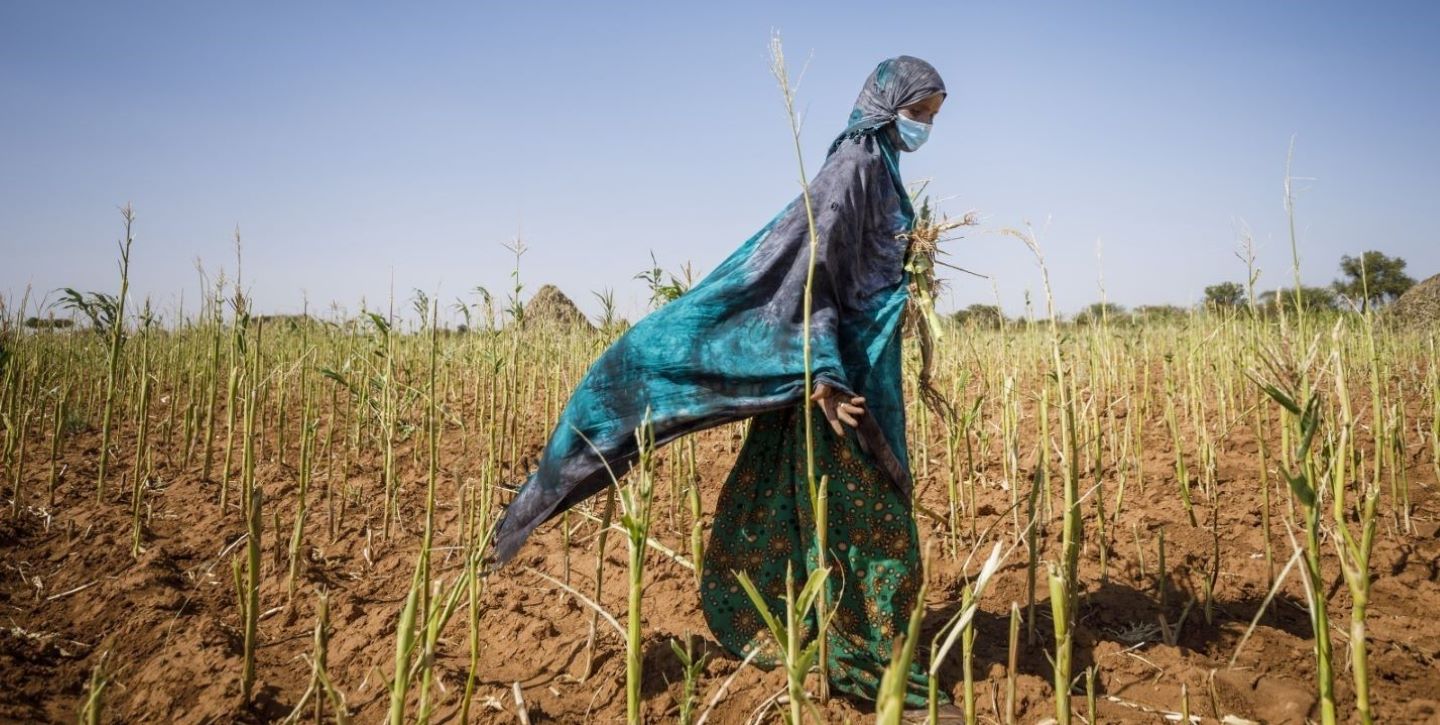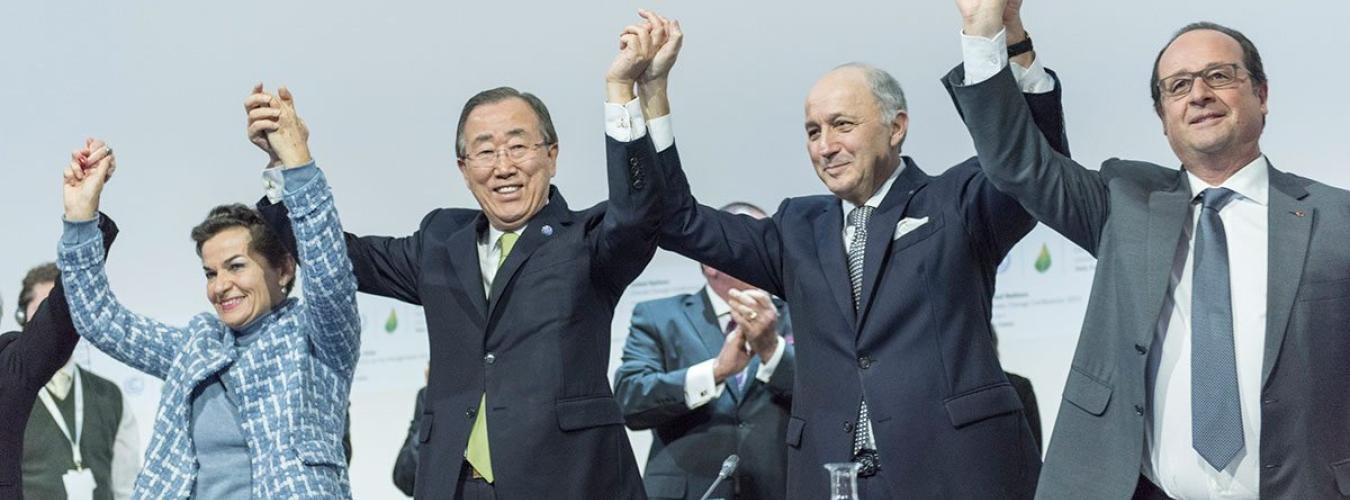COP: Where does it come from and where is it going?
IFAD Asset Request Portlet
Asset Publisher
COP: Where does it come from and where is it going?
Estimated reading time: 3 minutes
Climate change is not a new phenomenon. Global temperatures have always fluctuated, but it wasn't until the early 1800s that physicists first mentioned the greenhouse effect, not long after the introduction of industrial coal burning.
Over a century later, swayed by worrying emerging scientific findings, the United Nations formed the Intergovernmental Panel on Climate Change (IPCC) in 1988 to assess the science behind the changing weather patterns. In 1990, their first report concluded that temperatures had risen by up to 0.6°C in the last century – and humans were responsible for it.
By 1995, the dangers posed by warming temperatures had been laid bare. That same year, the UN acted on the IPCC findings and organised the Climate Change Conference in Berlin, the first of many summits that would serve as formal meeting points for the Conference of the Parties (COP) to discuss how to tackle climate change.
Since then, heads of state, ministers, activists, CEOs and civil society representatives have come together in a bid to draw a roadmap towards a better future.
More than words
The UN climate change conference is the largest annual gathering on climate action. Over the years it has delivered a number of promising results.
From heads of state committing to making clean power affordable and working on a collective rapid global transition to zero emission vehicles, to halting and reversing forest loss and land degradation by 2030.
Nowhere did the importance of these summits become clearer than in Paris in 2015, during COP21.

For the first time ever, 195 Parties rallied behind a common cause: to limit global warming to well below 2°C, compared to pre-industrial levels. No mean feat for a planet witnessing the dramatic effects of climate change, and a necessary one to prevent future calamities. This international treaty became known as the Paris Agreement.
Eight years later, some countries have put in place ambitious plans to cut their emissions, while others have already reduced them considerably.
Why is IFAD at COP? To put small-scale farmers on the map
Until COP23 in 2017, small-scale farmers and agriculture had not been appropriately considered in climate negotiations.
But that changed when the Koronivia Joint Work on Agriculture recognised the unique potential of agriculture in tackling climate change. This, in turn, opened the door for IFAD to bring small-scale farmers to the global table.
Significant progress has been made since. COP27 saw the historic establishment of a Loss and Damage Fund, paving the way towards financial assistance for the nations that are most vulnerable and impacted by the effects of climate change.
Despite concerted efforts by the international community to tackle climate change, small-scale farmers are still among those most affected by erratic weather patterns. And although they produce a third of the world’s food, they receive 1.7 per cent of climate finance—or the funds needed to mitigate and adapt to climate change.
Across the globe, communities that depend on agriculture-based livelihoods are feeling the impact of the changing weather on their local ecosystems and food security. Longer dry seasons and sudden floods have made their once-predictable harvesting calendars inconsistent and their livelihoods uncertain.

© IFAD/Ruvin De Silva
IFAD funds and supports a number of projects that focus specifically on building community resilience. From indigenous crops that are resistant to tough weather, social protection systems and financial literacy to savings support.
In 2021, IFAD warned that COP26 would fail to achieve a lasting impact if world leaders continued to neglect investments in climate adaptation and that this would have a global impact, including a rise in hunger, poverty, conflict and migration.
By attending the annual climate summit, IFAD will continue to put small-scale farmers–including women, youth and Indigenous Peoples–at the centre of global climate negotiations and make its message loud and clear: leave no one behind.
Publication date: 28 November 2023